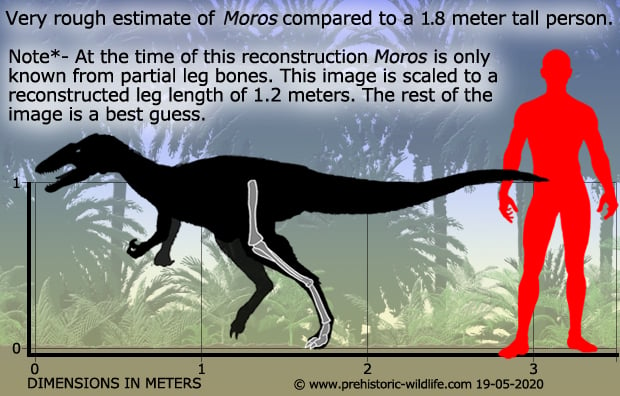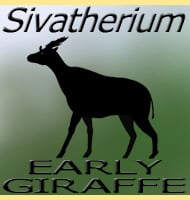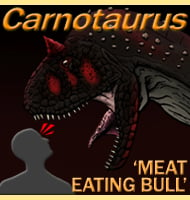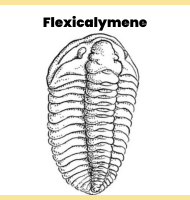In Depth
Moros is a genus of primitive tyrannosauroid that lived in North America during the earlier stages of the Late cretaceous. The holotype fossils of Moros date from the Cenomanian of the Cretaceous, meaning that the discovery of these has turned back the clock on the first known appearance of a definitive tyrannosaur in North America by a further fifteen million years. With perhaps a grim sense of humour the describers named this new genus Moros which is ancient Greek for impending doom’. A fitting name when you consider that later tyrannosaurs would become the apex predators of North America.
Unfortunately all we known at the time of writing about Moros are some partial leg and foot bones and some teeth. The leg length of Moros has been estimated by the genus describers to be about one hundred and twenty centimetres long, but these fossil bones are also of a subadult individual. Fully grown adults may have been slightly bigger, but without further fossil discoveries we can only make a best guess at the remainder of the body proportions.
Further Reading
- Diminutive fleet-footed tyrannosauroid narrows the 70-million-year gap in the North American fossil record. - Communications Biology. 2 (1): 64 - Lindsay E. Zanno, Ryan T. Tucker, Aurore Canoville, Haviv M. Avrahami, Terry A. Gates & Peter J. Makovicky - 2019.









